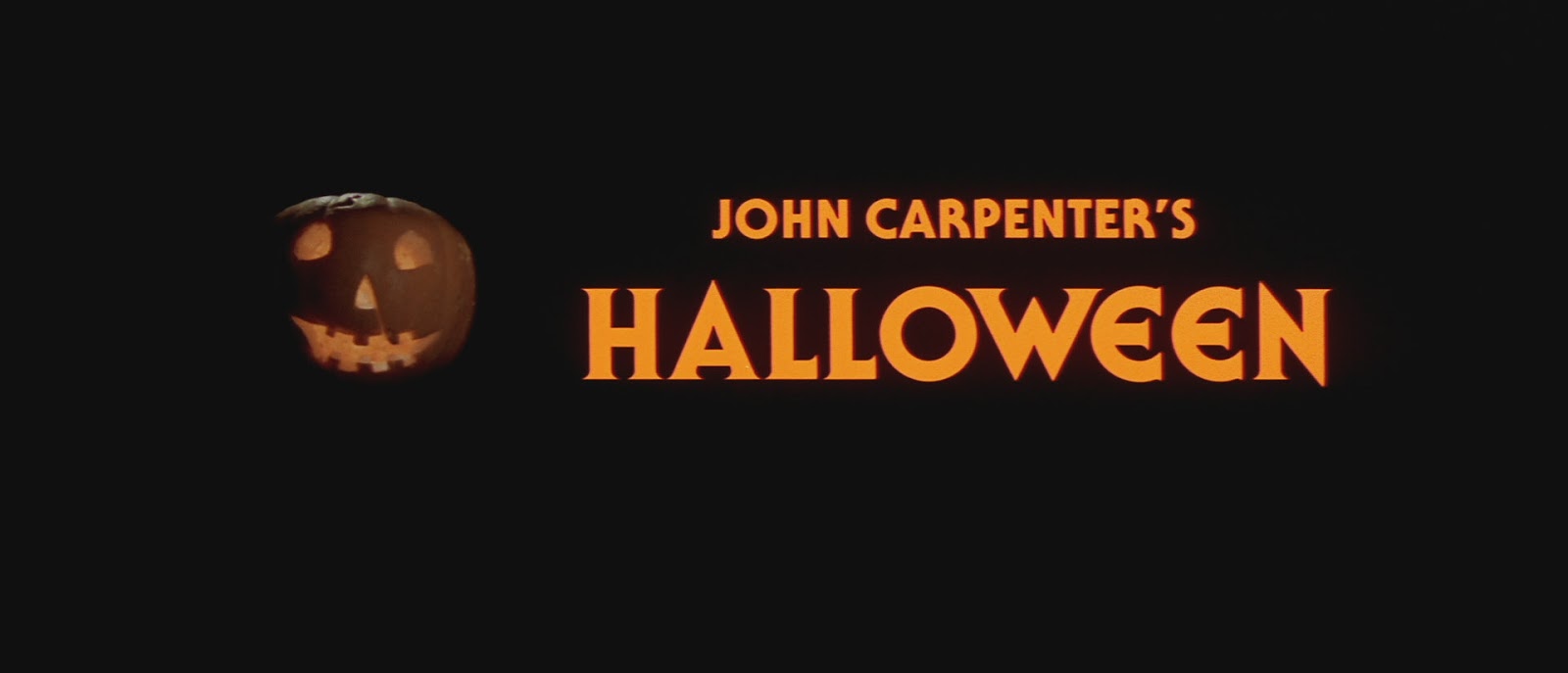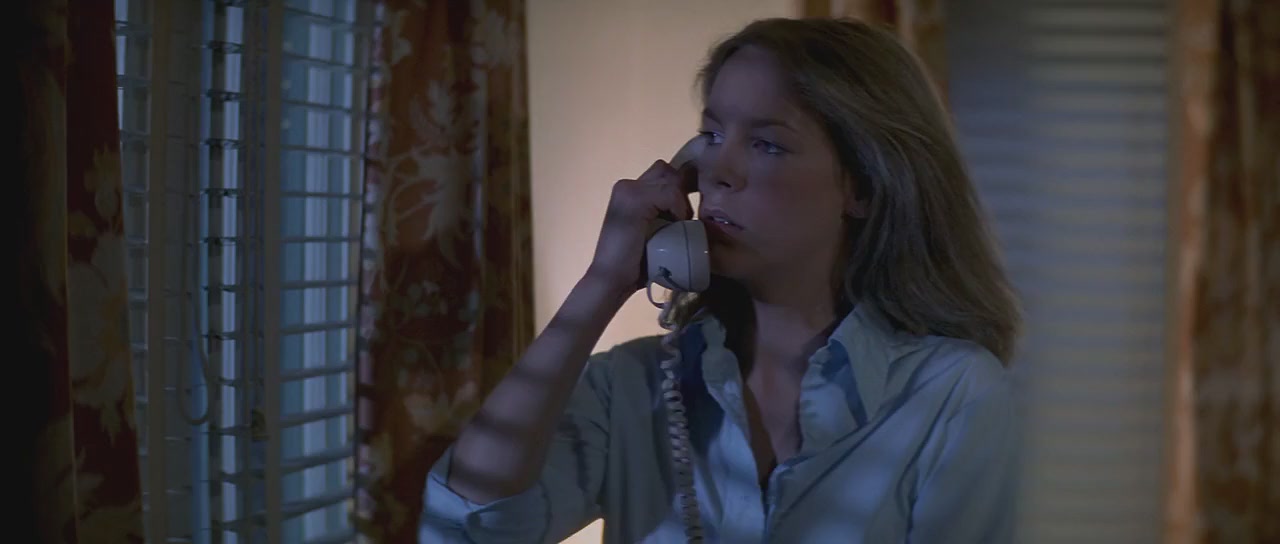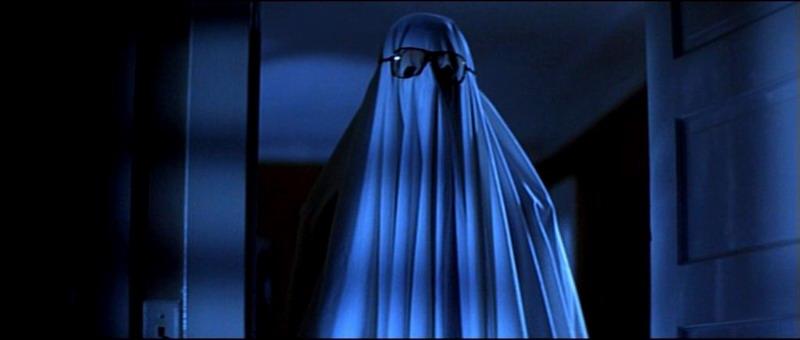“Halloween” is considered by many to be the greatest slasher film of all-time and it re-defined the horror genre. It may not be the first film to get the slasher genre started, but it was one of the most important and spawned many similar films. “Halloween” inspired a lot of talented filmmakers and launched the careers of those involved, and though the film is 36-years old it still has lessons that every up-and-coming filmmaker can and should learn. So, pay attention, and let “Halloween” help make you a better filmmaker.
1. Long Takes Build Tension
One of the most memorable and influential moments of “Halloween” comes after the opening title sequence in the form of an expertly crafted, four-minute Panaglide shot through a quiet house that ends with the death of a young teenager. It’s a brilliant way to start a film and the fact that it was accomplished by such a young crew is even more brilliant. This opening shot causes the audience to sit at the edge of their seat and wonder what will happen next. We are left in the dark and are forced to follow our mysterious killer through each action. We aren’t given the relief that comes with a cut, instead we are forced to watch.
The opening shot isn’t one take as some previously thought and it features 2 or 3 cuts, but it’s still a feat. This one scene took the crew two days to shoot.
2. Music is Another Character
The music in “Halloween” has become one of the most iconic elements from the film and helped morph it into the classic it has become. John Carpenter, who also composed the score, has said that when he first showed the film to investors they didn’t think anything of it and felt it wasn’t scary. He then re-edited the film with the score he had made and showed it again, but this time the investors thought it was the scariest film ever made. Music is a character, so make sure it’s developed!
3. Atmosphere is More Effective Than Jump Scares
As stated earlier, an expertly crafted long take can really build tension. Each time the camera cuts to a new angle creates a point in which the audience can breath, but to hold on something shows more prowess in terms of scaring the audience.
Some of the most effective moments in “Halloween” are when there is no music to lull the audience into comfort. There are some really well crafted scenes where Laurie and Annie will be talking to each other on the phone and Michael Myers’ mask can be seen lurking in the background or through a window. Moments like this can make the hair on your arm stand straight up if you notice them. They’re subtle, creative and awfully creepy!
4. Color Can Define a Film
One element from “Halloween” that continues to stay with filmmakers to this day are the colors that cinematographer Dean Cundey used. While horror films are traditionally dark and brooding, this film shows us that color accents can really make an impression. Night scenes are bathed in a beautiful blue that gives the material an almost mystical feeling while day scenes have a perfect burnt orange color. These colors together feel like dread and they feel like “Halloween”.
5. Minimalism is an Art
“Halloween” is a slow-burning film that uses minimalism in every aspect of its production from its camera work to its editing. “Halloween” has a very DIY style to it, a style that’s lacking in a lot of big, budget films. The camera moves with great intention in every shot and it’s edited to follow this formula. John Carpenter said he likes to try out as much information in one take as he can and only cuts to a different angle when it’s absolutely necessary. There’s great artistry that goes in to a decision like that and a filmmaker can’t just set out to tackle long takes like that as it takes a lot of planning.


